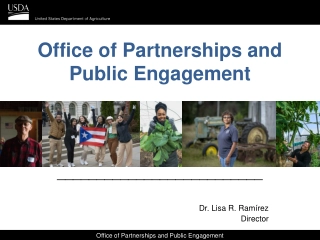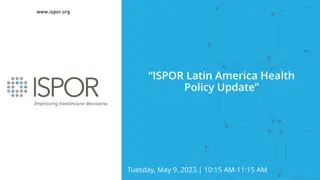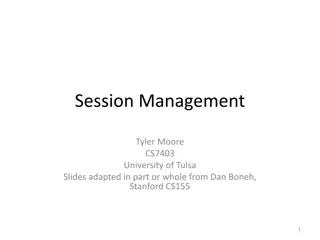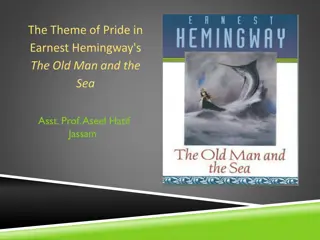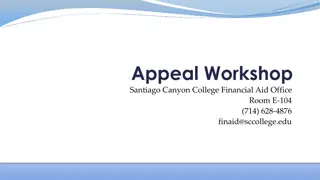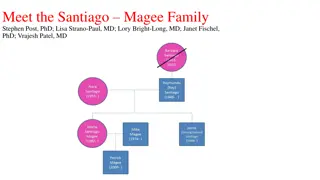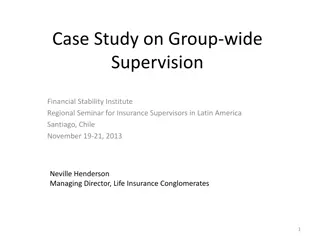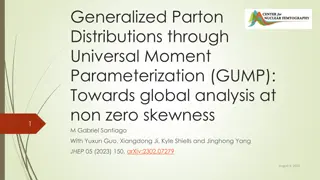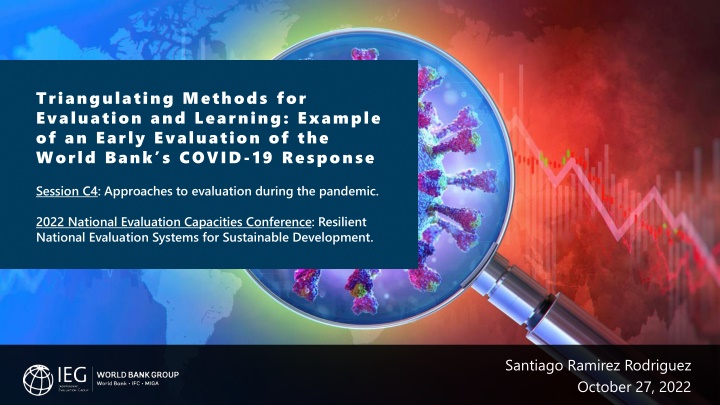
Triangulating Methods for Evaluation and Learning in World Bank's COVID-19 Response
Explore an early evaluation of the World Bank's COVID-19 response, focusing on response quality, relevance, factors hindering implementation, and operational policies. The evaluation includes case studies, portfolio analysis, and regional reviews, uncovering adaptive implementation, challenges in cross-sector coordination, and gaps in data utilization. Learn about innovative approaches and insights for ongoing and future crisis preparedness and response.
Download Presentation

Please find below an Image/Link to download the presentation.
The content on the website is provided AS IS for your information and personal use only. It may not be sold, licensed, or shared on other websites without obtaining consent from the author. If you encounter any issues during the download, it is possible that the publisher has removed the file from their server.
You are allowed to download the files provided on this website for personal or commercial use, subject to the condition that they are used lawfully. All files are the property of their respective owners.
The content on the website is provided AS IS for your information and personal use only. It may not be sold, licensed, or shared on other websites without obtaining consent from the author.
E N D
Presentation Transcript
Triangulating Methods for Evaluation and Learning: Example of an Early Evaluation of the World Bank s COVID-19 Response Session C4: Approaches to evaluation during the pandemic. 2022 National Evaluation Capacities Conference: Resilient National Evaluation Systems for Sustainable Development. Santiago Ramirez Rodriguez October 27, 2022
Evaluation Design Purpose Scope Period: First 15 months of the COVID-19 pandemic in vulnerable countries. Early assessment of the quality of the World Bank s COVID-19 health and social response. Evaluation Questions: Quality of the response in countries? Relevance to addressing needs? Factors facilitating or hindering implementation? How well did operational policies and partnerships work to provide support? Draw lessons to inform ongoing and future support for crisis preparedness and response.
Conceptual Framework (thematic areas and stages of support)
Theory of Action (dimensions for the assessment)
Evaluation Design Matrix Method Evaluation Question Component Case-based analysis 8 Country case studies Relevance to addressing needs? Review of country needs Heat map and clustering analysis of country data Country Benchmarking of evidence and lessons from the literature level Evidence and past lessons of crises Learning Regional project review on regional support Factors facilitating or hindering implementation? Stocktaking of innovations Inventory of innovations Portfolio Review of World Bank financing and knowledge products level Portfolio analysis How well did operational policies, and partnerships, work to provide support? Corporate level Corporate and partnership review Interviews with management and partners
Triangulation of findings What was the quality of the response? Question 3 How well did operational policies, and partnerships, work to provide support? Question 2 Factors facilitating or hindering implementation? Question 1 Relevance to addressing needs? Case studies showed implementation was adaptive. Case studies also showed that cross-sector coordination was difficult. Portfolio analysis and case studies show the limited use of data to inform decisions. Heat map shows unmet response areas for needs of countries e.g., essential health services, gender, community. Portfolio analysis reinforced the same finding. Clustering analysis showed countries had different needs. Crowdsourcing survey showed many innovations, but these did not address all need areas. Regional analysis showed the benefits of these projects. Portfolio analysis and case studies showed the benefits of mixing financing instruments to respond quickly. Interviews showed that pre- established partnerships facilitated the response by countries.
Lessons Learnt a. Challenges 1. The dynamic nature of the COVID-19 situation and the overlap between the evaluation and the ongoing response created a challenge to inform the target audience on findings before the evaluation was completed. 2. The restrictions on empirical data collection created by the pandemic can result in delays and potential selection bias in the data. 7
Lessons Learnt b. Successes 1. Challenges created opportunities and uncovered new useful ways of implementing methods. 2. Triangulation of existing and new methods was key for understanding the complex situation created by COVID-19. 3. Triangulating methods facilitated adapting evaluation purpose and scope to the needs of the target audience. 4. Triangulation of methods warrants a more systematic approach in future early-stage evaluations. 8

